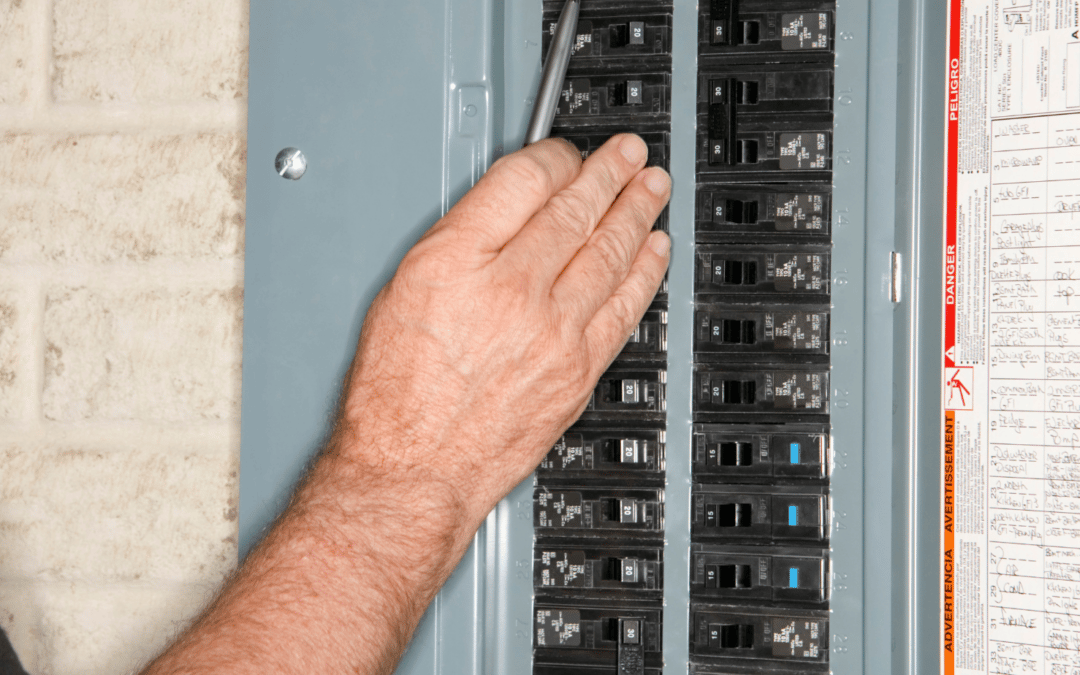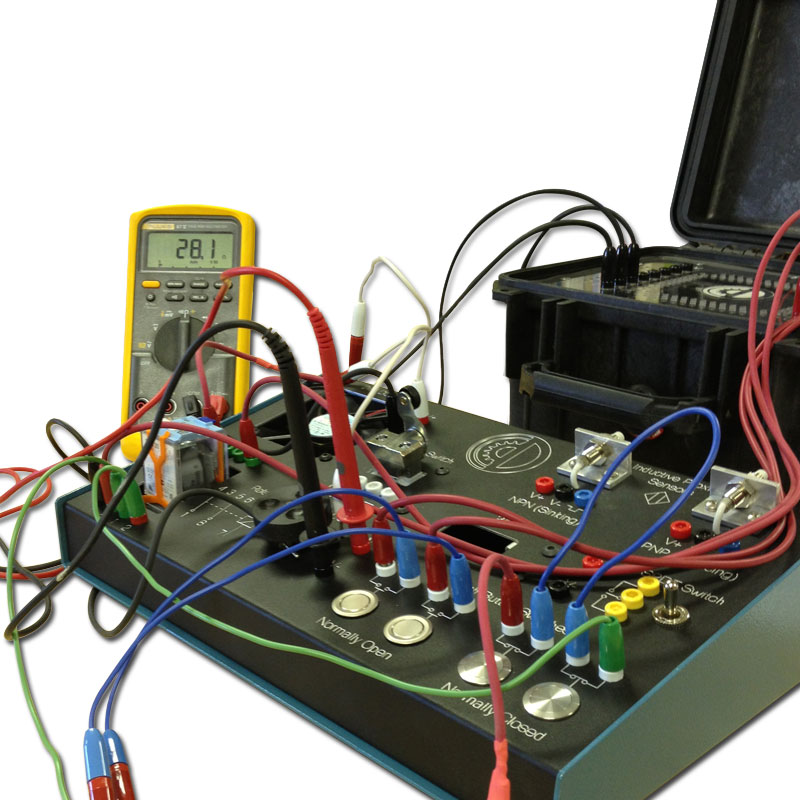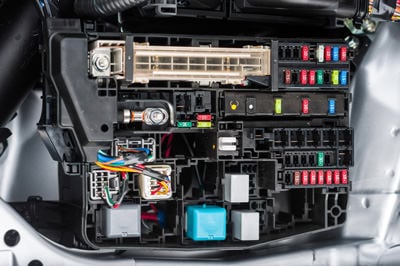Tailored mechanical engineering industry support for success.
Tailored mechanical engineering industry support for success.
Blog Article
Top Tips for Effective Electrical System Troubleshooting
Troubleshooting electric systems requires a systematic technique, based in a thorough understanding of electric concepts and safety procedures. The nuances of efficient fixing extend beyond plain technical knowledge; recognizing how to record findings and focus on safety and security can considerably influence end results.
Understand the Basics
Understanding the fundamentals of electric systems is important for effective troubleshooting, as a solid foundation enables service technicians to diagnose and settle concerns a lot more efficiently. A thorough grasp of electrical concepts, such as voltage, existing, resistance, and power, is essential in identifying the origin causes of problems. Voltage is the electrical prospective difference that drives present with a circuit, while resistance opposes the circulation of present, impacting the general capability of the system.
Experience with circuit parts, consisting of resistors, capacitors, diodes, and switches over, is also paramount. Each part plays an unique role in circuit behavior and can impact performance when malfunctioning. Furthermore, recognizing collection and identical circuit setups is crucial, as these arrangements influence the distribution of voltage and current within the system.
In addition, expertise of safety protocols is vital. Professionals should recognize prospective risks, such as shock and brief circuits, to apply safe troubleshooting practices. By mastering these foundational concepts, specialists improve their capacity to perform effective diagnostics and repairs, eventually leading to improved performance and reliability of electric systems. This foundational knowledge is the cornerstone of effective repairing undertakings.
Gather Necessary Equipment
Reliable troubleshooting of electric systems needs the appropriate collection of devices to diagnose and settle concerns accurately. Important tools include a multimeter, which gauges voltage, present, and resistance, enabling for precise analyses of electrical parts.
In addition, shielded hand tools such as screwdrivers, pliers, and cable pole dancers are crucial for securely adjusting electrical connections. It is likewise recommended to have a circuit tester available to validate the presence of voltage in electrical outlets and wires. For more complicated systems, a thermal imaging video camera can help spot overheating components, showing prospective failings.

Adhere To an Organized Technique
Having collected the proper tools, the following step in fixing electrical systems is to comply with a methodical technique. A methodical approach makes certain that specialists can determine faults successfully and accurately, lessening downtime and protecting against unnecessary repair services.
Begin by evaluating the system's schematic representations and specifications. This involves checking each part methodically, beginning from the power resource and working towards the lots.
Use testing equipment, such as multimeters and oscilloscopes, to gather unbiased information regarding voltage, current, and resistance at numerous factors within the system. This empirical evidence will certainly guide your troubleshooting efforts and assist to confirm or get rid of possible reasons of failing.
In click here to read addition, think about ecological variables that may influence the system's performance, such as temperature variations or wetness ingress. A thorough assessment of wiring, links, and parts will ensure that all possibilities are represented.
Record Your Searchings For
Thorough paperwork is vital in the repairing process of electric systems. This method not only aids in understanding the root cause of the trouble however likewise offers as a reference for future repairing efforts.

Additionally, preserving a log of parts changed or repairs done is important. This info sustains supply monitoring and can assist examine the longevity and reliability of specific components.
Inevitably, the documentation procedure ought to be detailed yet succinct, enabling simple retrieval and review - electrical system troubleshooting. By focusing on in-depth paperwork, professionals can develop a useful data base that not only help in present troubleshooting but likewise empowers future upkeep efforts, therefore boosting general system reliability

Prioritize Security Measures
Acknowledging the integral dangers connected with electrical systems is critical for making sure safety and security during troubleshooting. Electric shock, burns, and equipment damage are just a few of the prospective hazards that service technicians face. Prioritizing precaution is not only a legal commitment but likewise an ethical vital that safeguards both the technician and the surrounding environment.
Before commencing any kind of troubleshooting job, technicians ought to put on ideal personal protective devices (PPE), consisting of shielded gloves, safety glasses, and flame-resistant garments. Making certain that the workspace is dry and totally free of clutter can considerably reduce the risk of accidents. In addition, it is important to de-energize circuits before beginning useful reference any type of work, confirming that they are not endure the use of a multimeter or voltage tester.
Establishing clear communication protocols with staff member is also vital; this ensures that company website everyone recognizes potential dangers and the condition of the electrical system being dealt with. Lastly, having an emergency response strategy in area can confirm invaluable in case of a case. By prioritizing precaution, service technicians can efficiently mitigate threats and cultivate a much safer workplace.
Final Thought
Efficient electric system fixing depends on a thorough understanding of essential principles and a systematic method. By gathering essential tools, adhering to organized examination techniques, and diligently documenting searchings for, the troubleshooting procedure ends up being more effective and reputable. Prioritizing precaution makes certain the wellness of people involved and the stability of the electrical system. Carrying out these strategies will certainly boost the fixing experience, bring about quicker resolutions and boosted functional performance in electrical systems.
Report this page